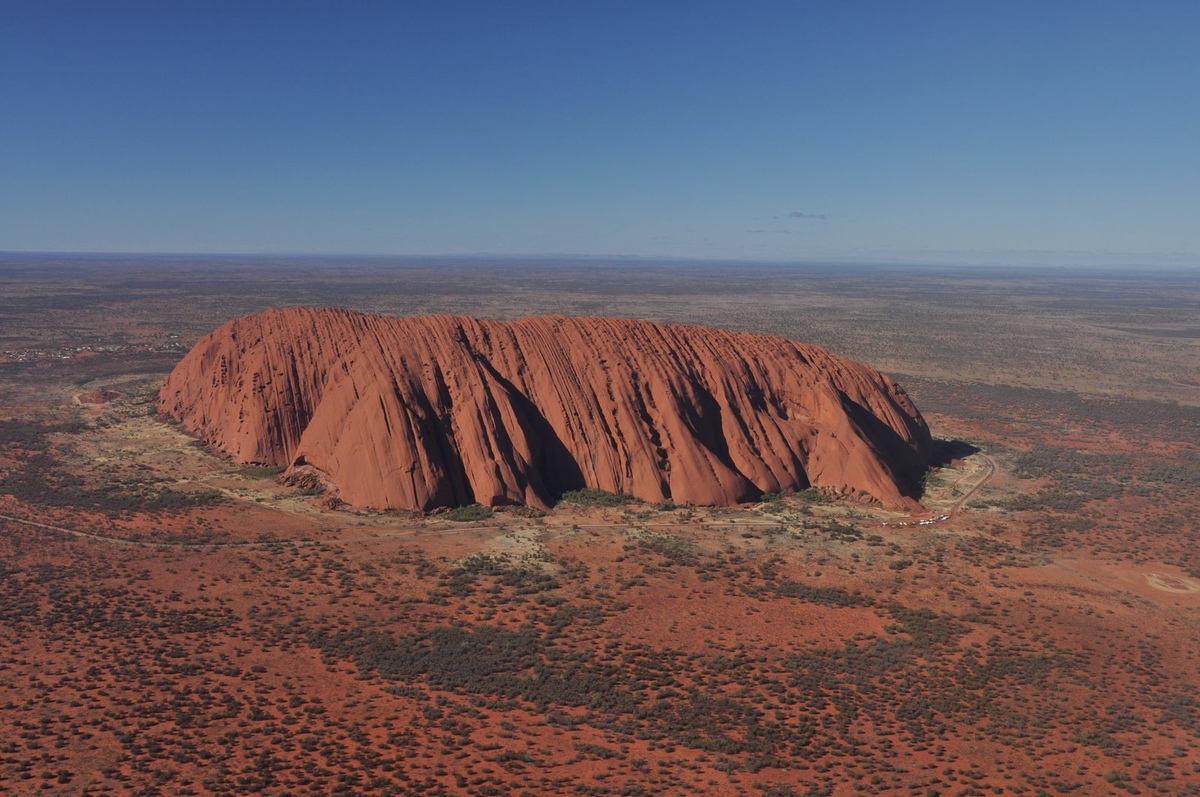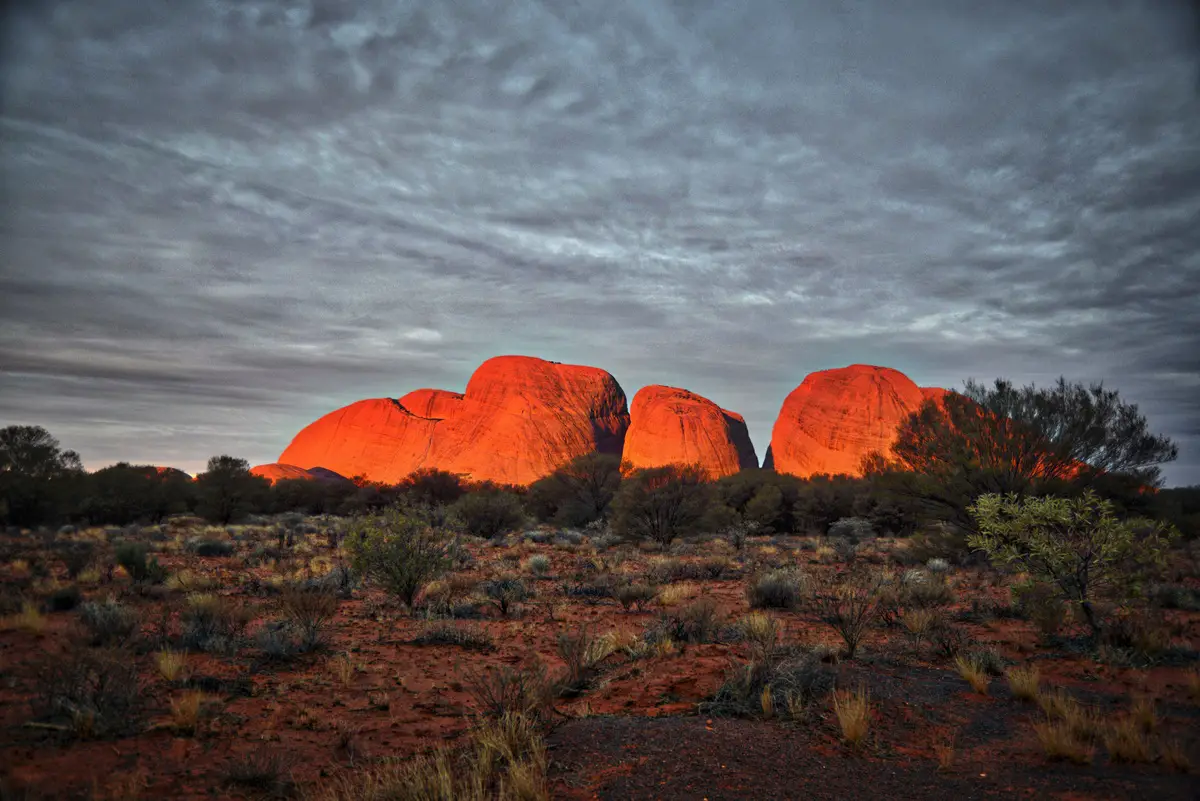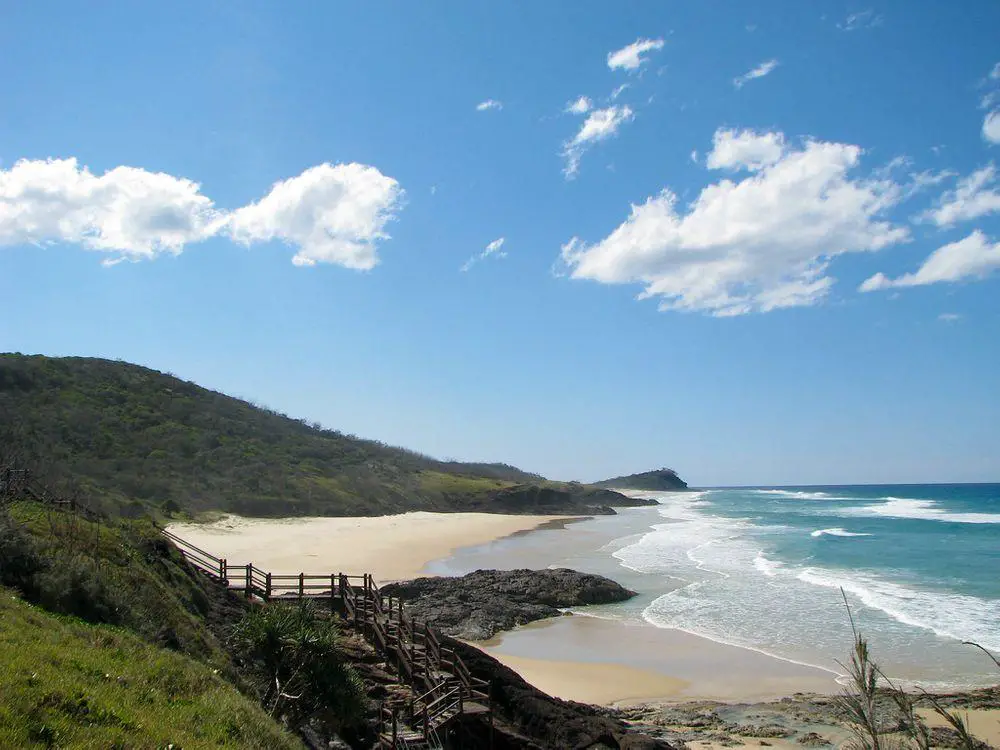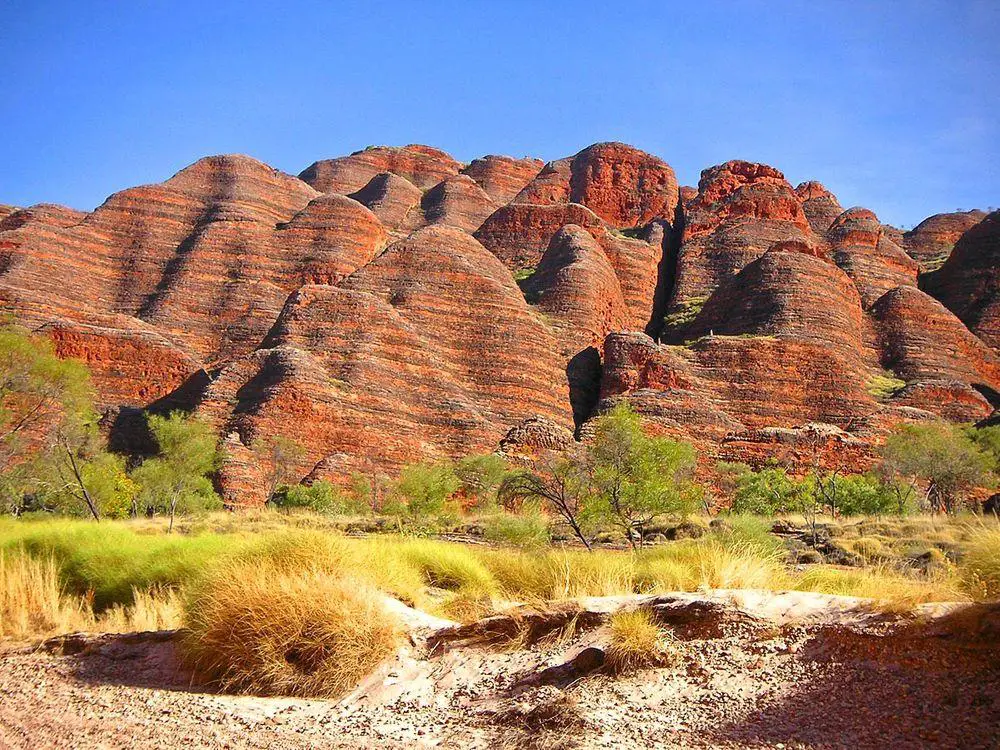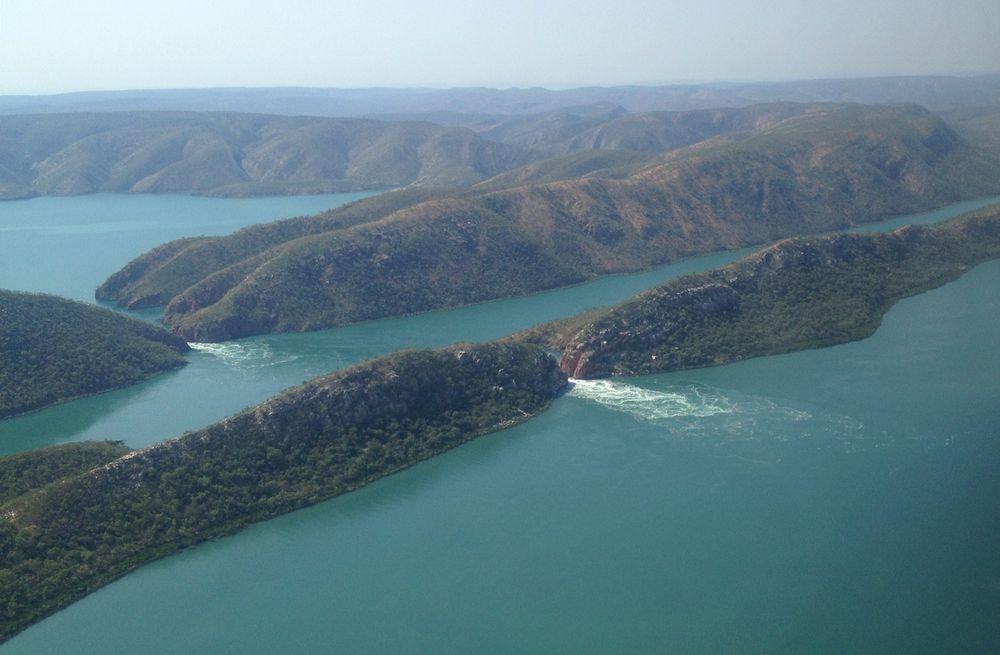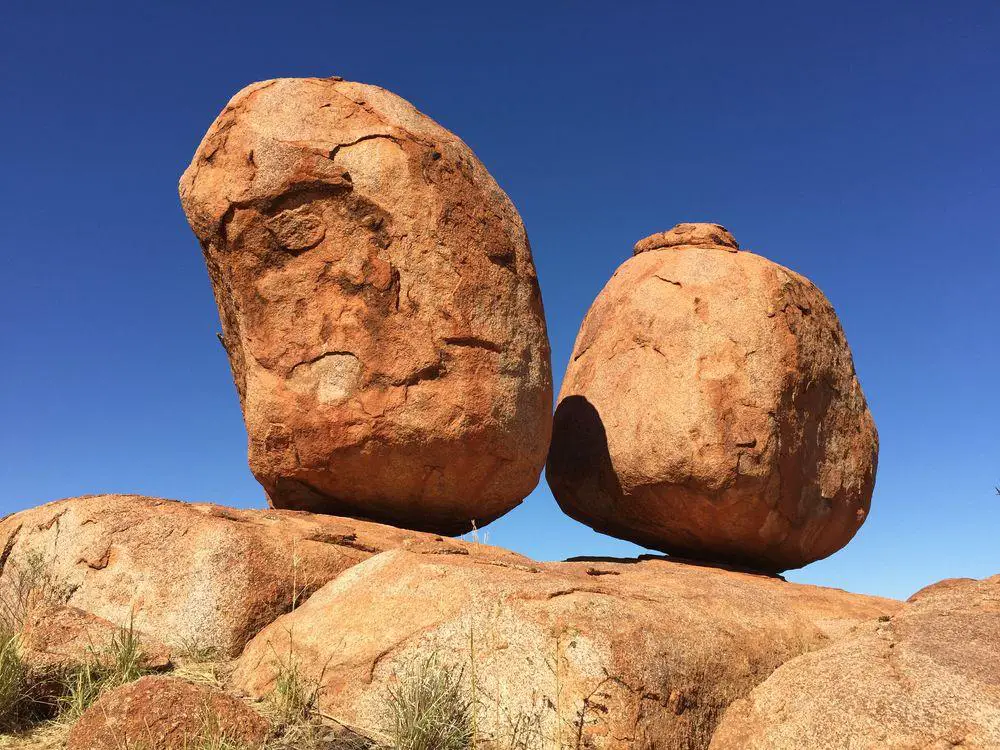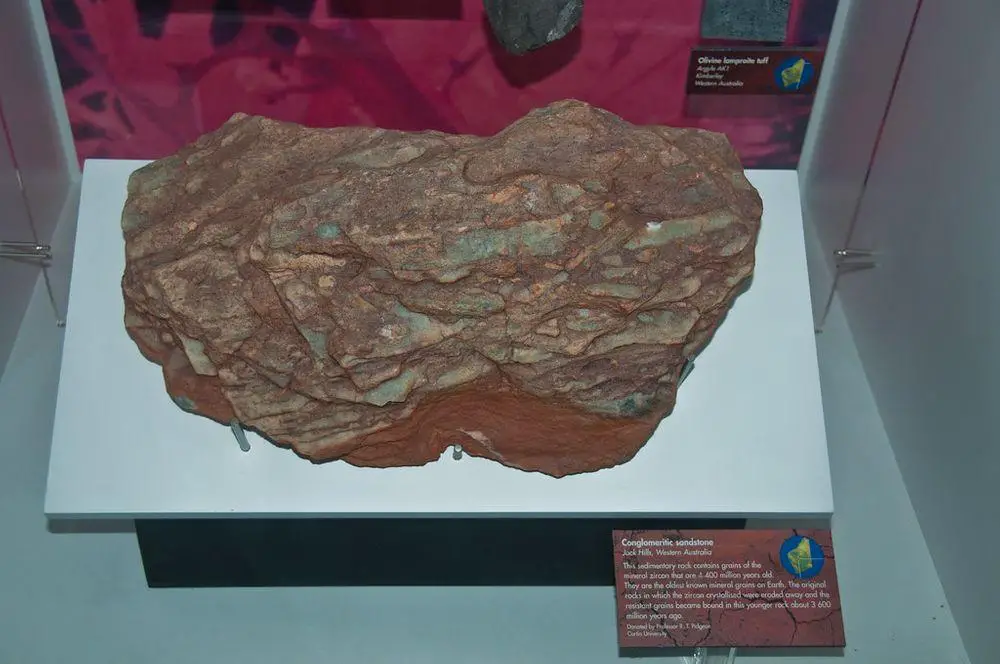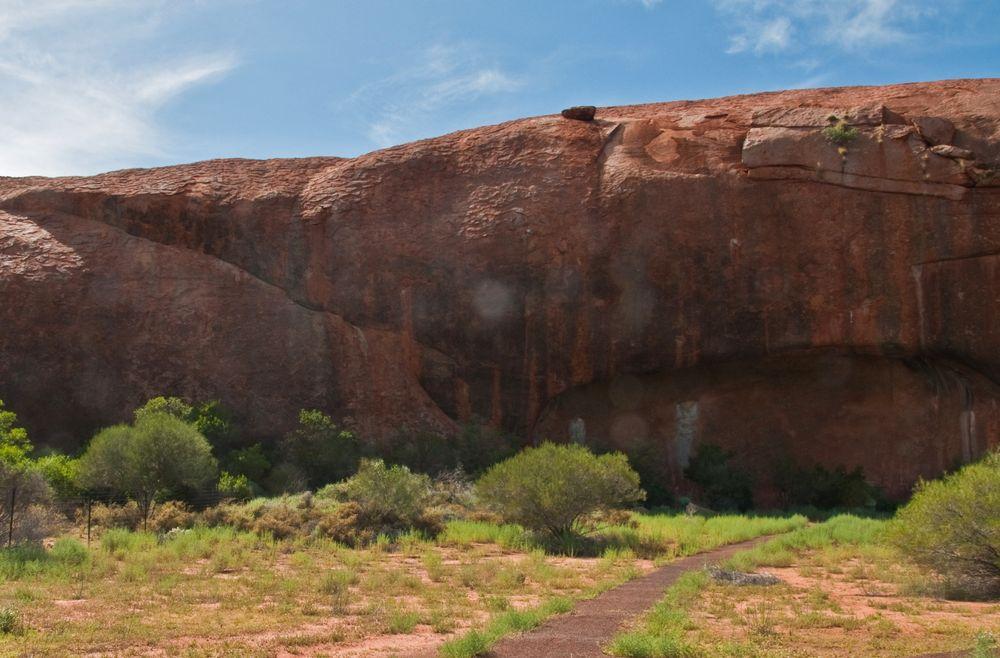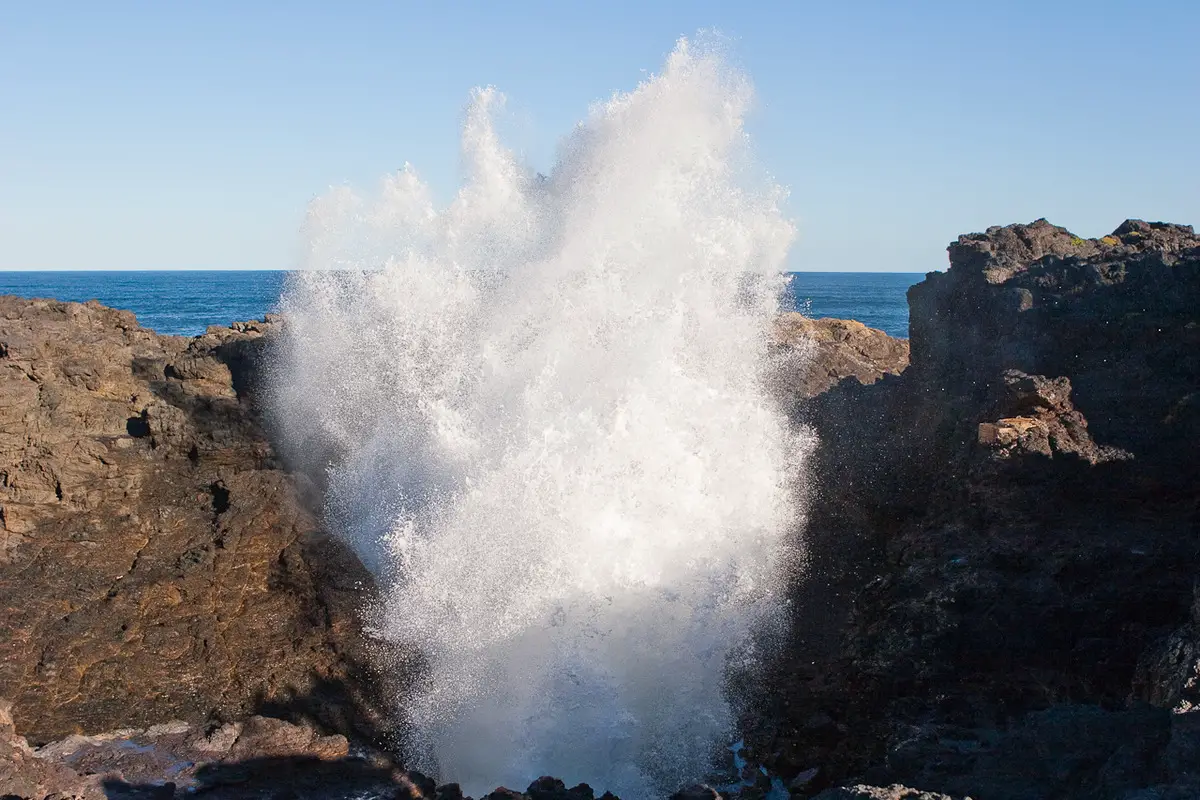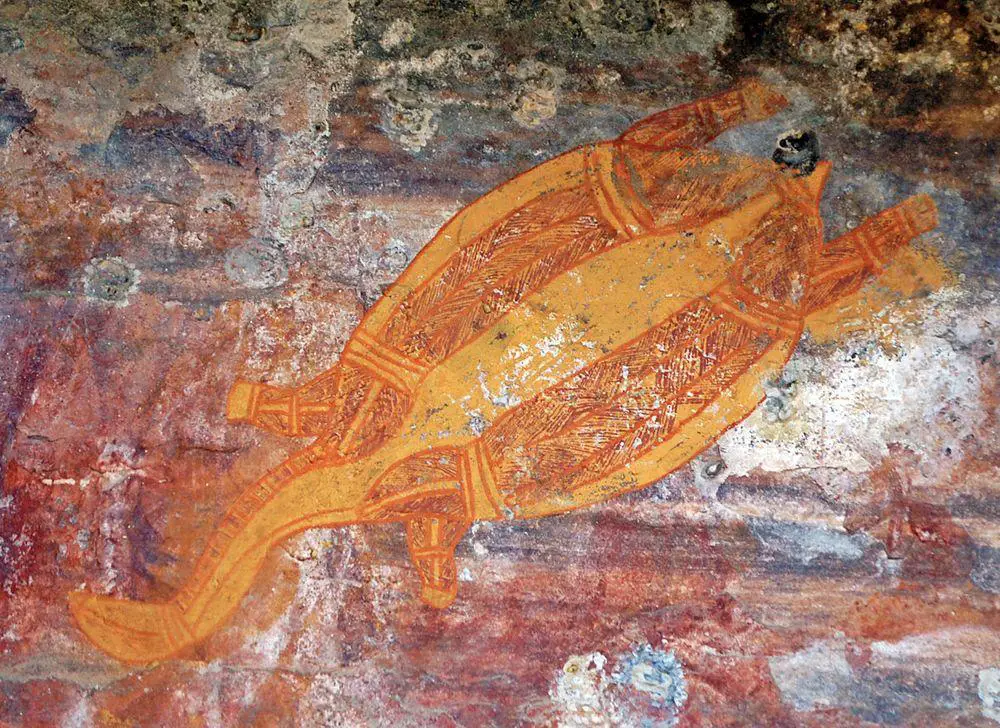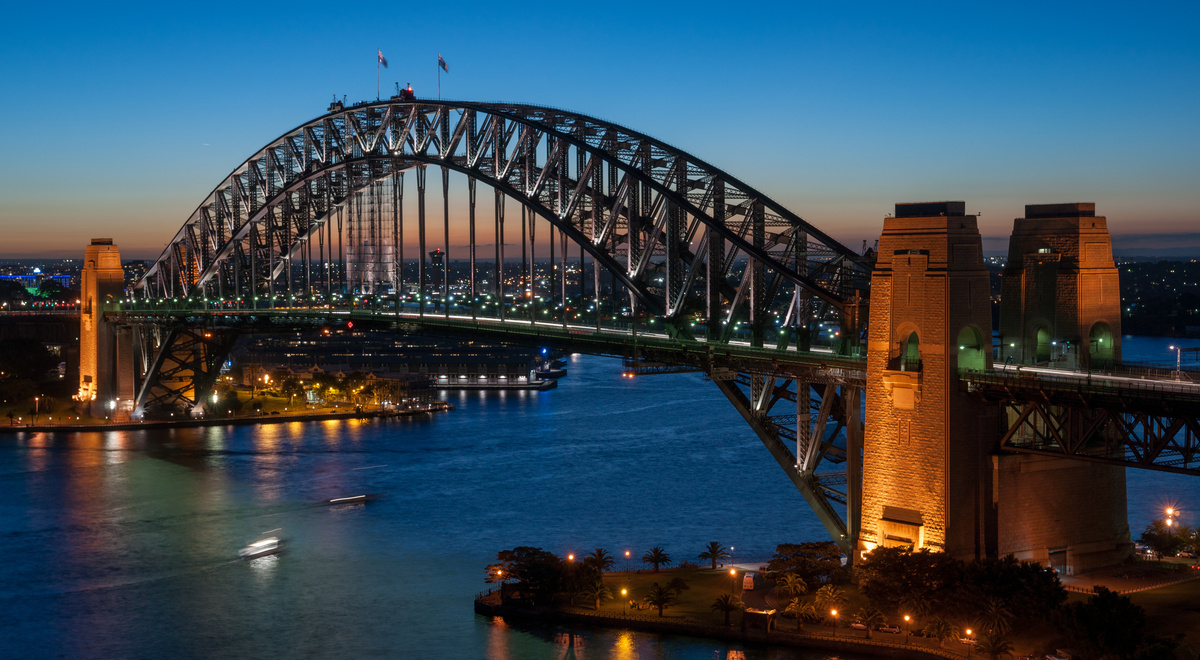Wondermondo 🢖 World 🢖 Wonders of Australia and Oceania 🢖 Wonders of Australia
Territory
Wonders of Australia

 Highlights
Highlights
Australia covers the smallest continent of the world and islands around this continent.
A major part of the wonders of Australia are natural monuments but of global importance are also such archaeological monuments as Australian cliff paintings and some architecture monuments, e.g. Sydney Opera House.
States and territories of Australia
Australia is divided into six states, three mainland territories and several external territories.
States
- New South Wales
- Queensland
- South Australia
- Tasmania
- Victoria
- Western Australia
Mainland territories
- Australian Capital Territory
- Jervis Bay Territory
- Northern Territory
External territories
From this list is excluded Australian Antarctic Territory. All monuments of this territory can be found through the description of Antarctic and Sub-antarctic region.
Norfolk Island is somewhat separate, self-governing territory, still being a part of Australia. Macquarie Island is part of Tasmania, but here it is reviewed separately because it is located far from Tasmania.
Map with the described wonders
If you see this after your page is loaded completely, leafletJS files are missing.
 Top 25 wonders of Australia
Top 25 wonders of Australia
Geological wonders
Uluru (Ayers Rock)
Northern Territory
One of the Australian symbols, an enormous and visually very impressive sandstone inselberg, 348 meters high, and 9.4 km in circumference. A sacred place to local Aborigine peoples. Here are many springs, waterholes, caves, and rock art sites. Endemic plants.
Kata Tjuta (Mount Olga)
Northern Territory
Unusual, impressive monolithic rock formation, consists of 36 steep-sided domes up to 546 meters high. A sacred place to local Aboriginal people. Endemic plants.
Wave Rock
Western Australia
Highly unusual cliff formation that resembles an enormous petrified wave. In the vicinity, there are several more similar formations.
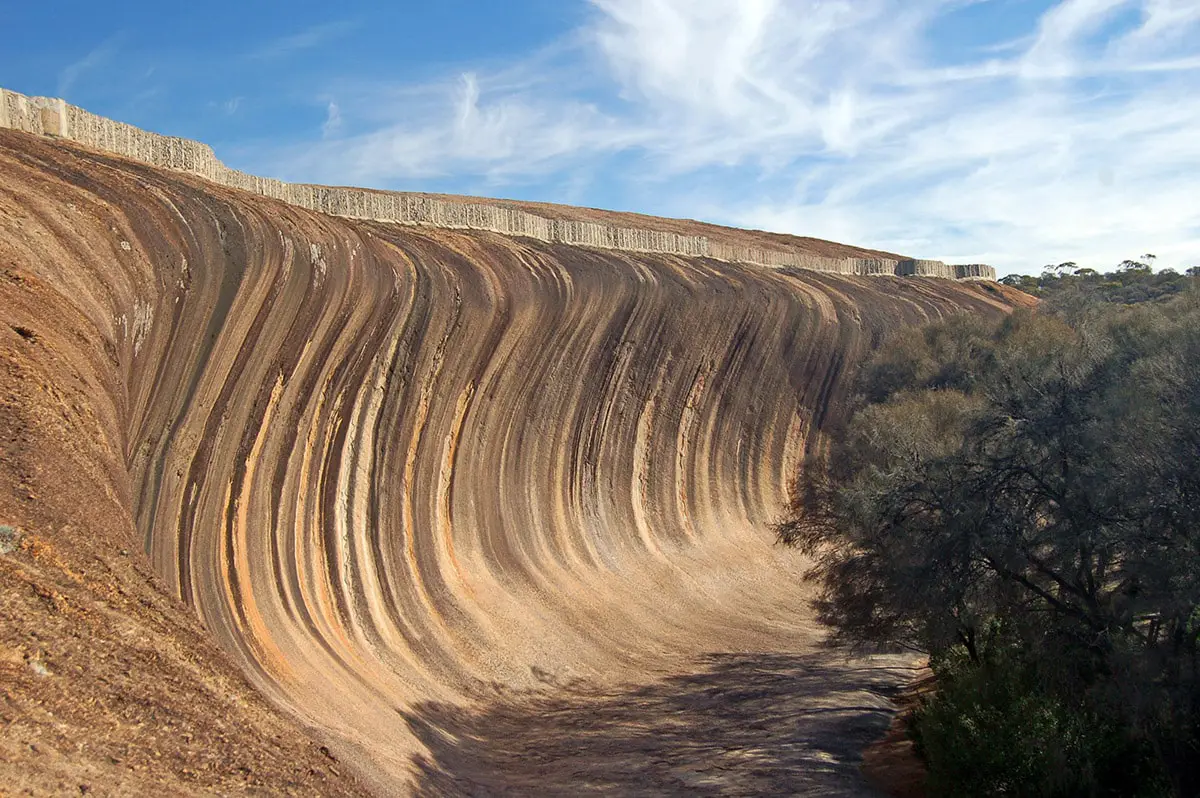
Fraser Island
Queensland
The largest sand island in the world, 1,840 km². Contains dunes that are up to 24 meters high, tall rainforests growing at elevations up to 200 meters, unique ‘vallum’ heaths, and more than 100 unique, crystal clear dune lakes retained in the sand by organic matter deposits.
Morning Glory clouds of Carpentaria Gulf
Queensland
A unique phenomenon, characteristic of the region at the southern part of Carpentaria Gulf. Here in the springs early in the morning special conditions form up to 1000 km long roll clouds, providing unique sight.
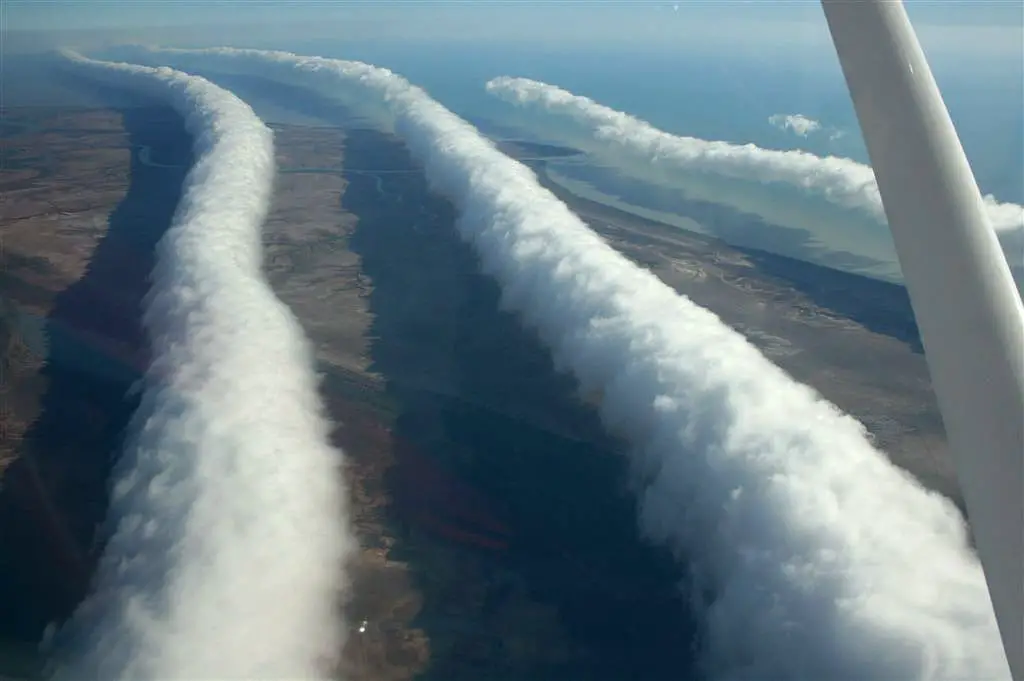
Ball‘s Pyramid
New South Wales
An unusual remnant of a volcano – 562 meters high and just 200 meters wide cliff rising directly from the sea. Tallest volcanic stack in the world. Up to the recent time, this was the only place in the world where the up to 15 cm long Lord Howe Island stick insect (Dryococelus australis) was living.
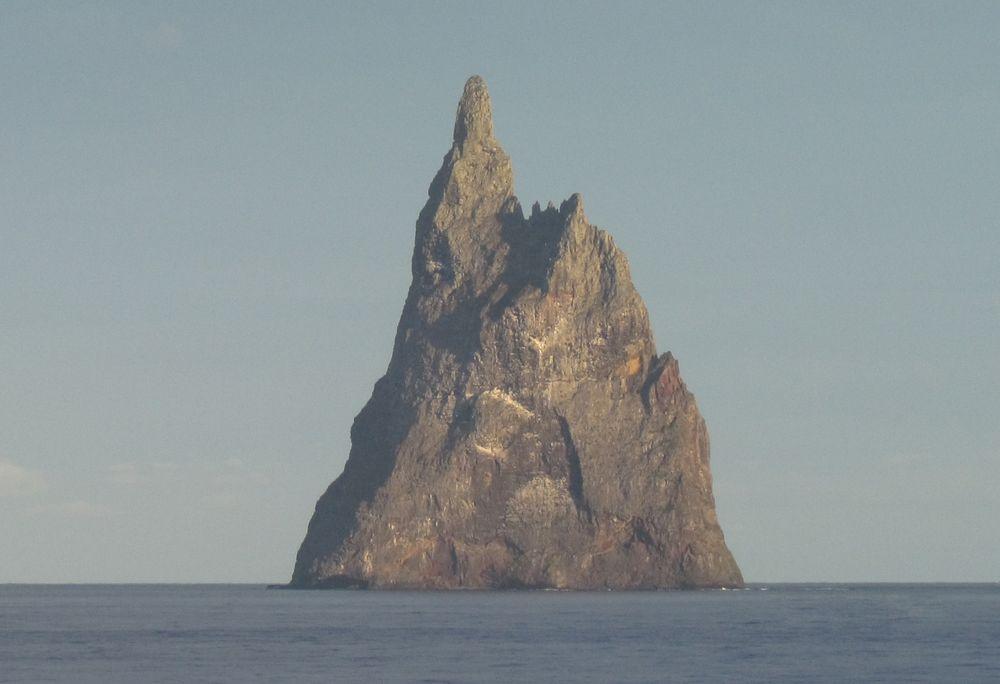
Lake Hillier
Western Australia
Unusual lake in flamboyant rose color, surrounded by lush green forest and the ocean nearby. The unusual color, most likely, is caused by algae Dunaliella salina but the search for the cause continues.
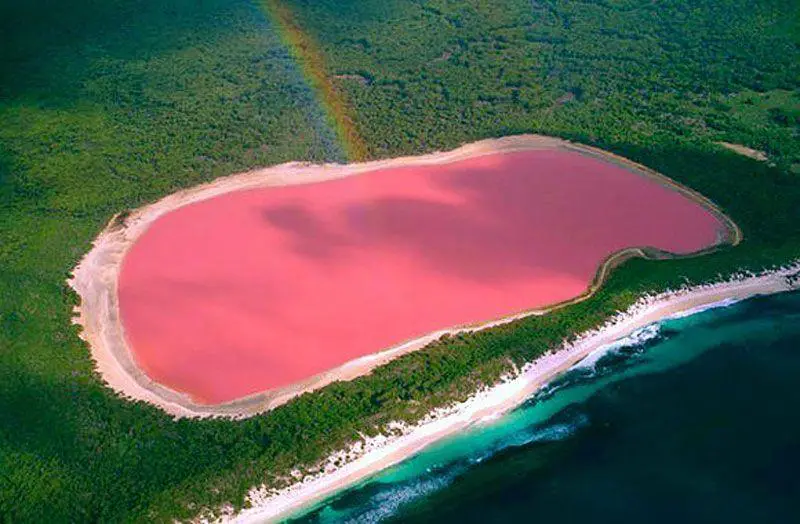
Shell Beach, L’Haridon Bight
Western Australia
One of the few beaches in the world that consists exclusively of shells. Here shells extend for 60 kilometers with a 7 -10 m thick layer.
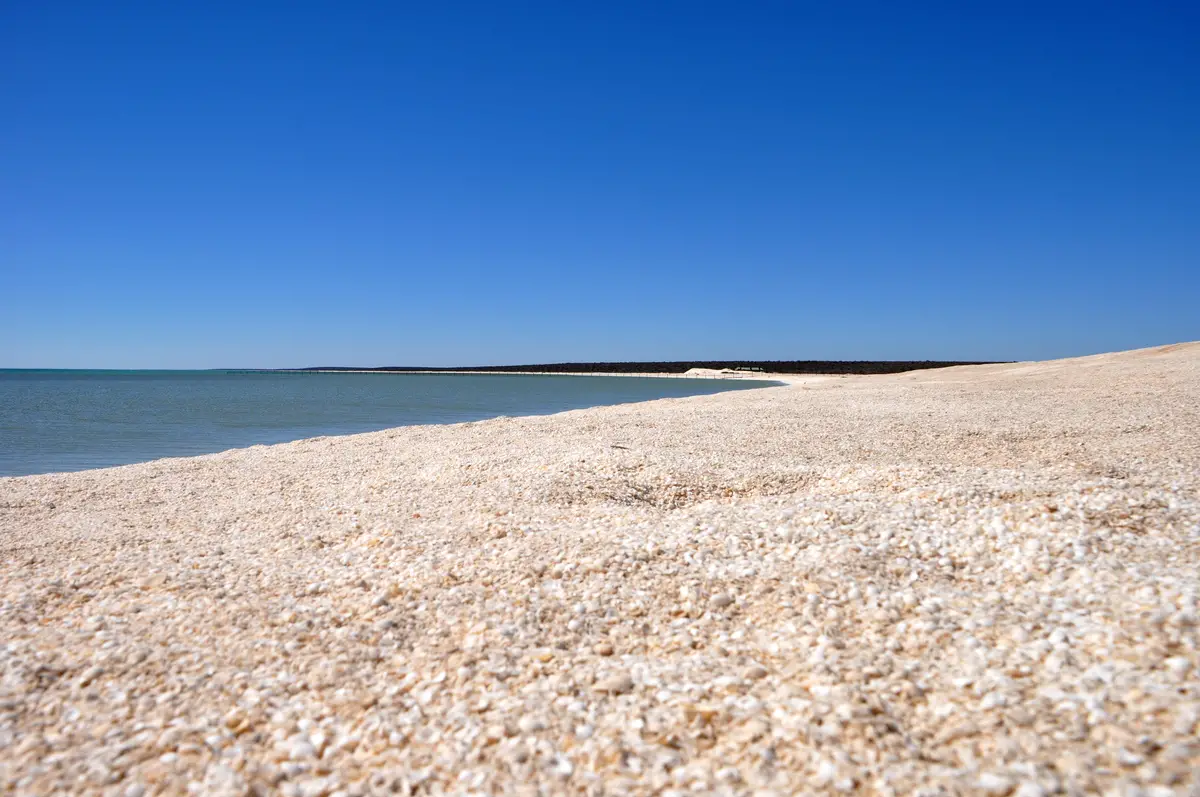
Carnarvon Gorge
Queensland
Spectacular, some 30 km long gorge that is up to 600 m deep. A sacred place, rich with Aboriginal art and ancient burial sites.
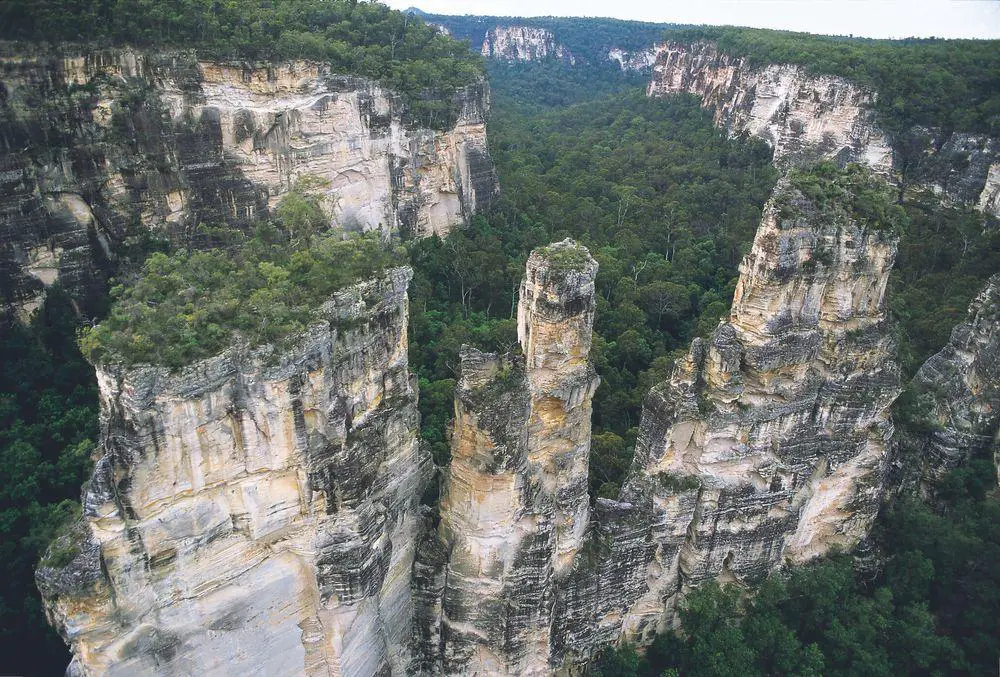
The Twelve Apostles
Victoria
Group of closely located, some 50 meters high limestone stacks standing in the sea. Popular tourist attraction due to its good location next to the scenic Great Ocean Road.
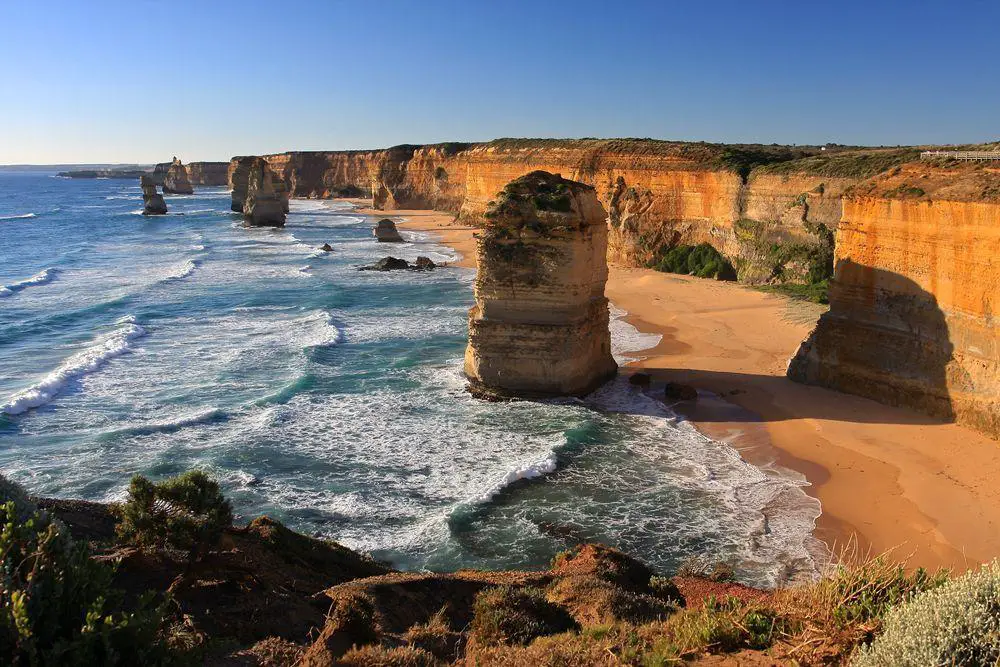
Bungle Bungle Range
Western Australia
An incomparable landscape created by highly unusual rock formations. The landscape is marked by up to 250 meters tall sandstone pillars and beehive structures of contrasting light orange and dark colors. Deep gorges, labyrinths. An important site for the investigation of sandstone karst processes.
The Pinnacles (Nambung)
Western Australia
Desert, filled with amazing limestone formations – pinnacles that rise up to 3.5 m high.
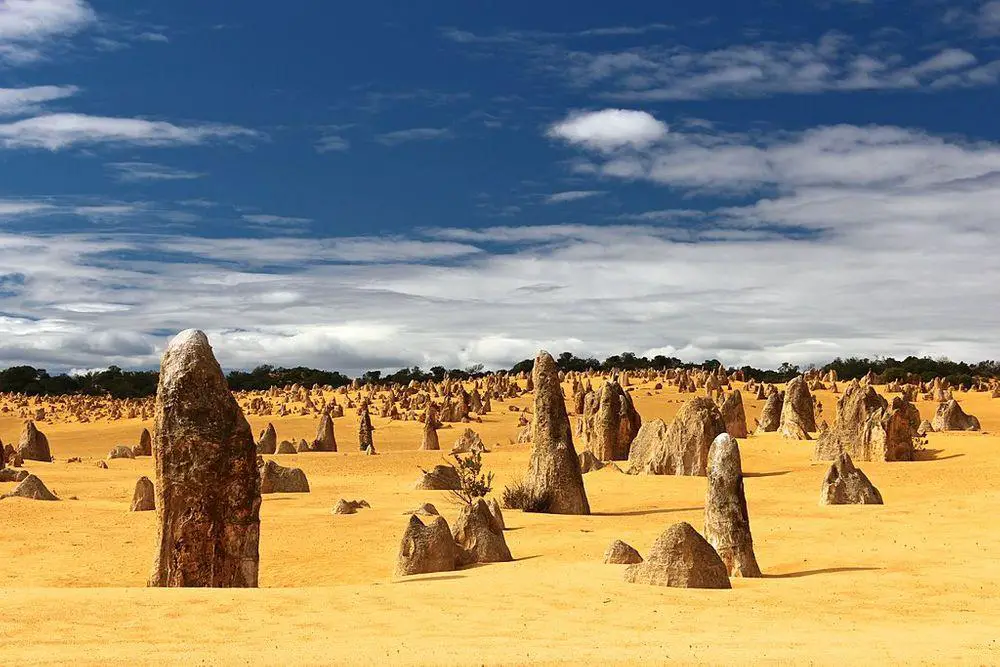
Horizontal Falls
Western Australia
Sea currents through two narrow chasms (12 and 20 m), caused by tides. Tides there are 10 m high thus several times during the day there is seen impressive sight.
Wolfe Creek crater
Western Australia
Western Australia. Visually expressive meteorite impact crater, 875 meters in diameter, 60 meters deep. Created some 300,000 years ago.
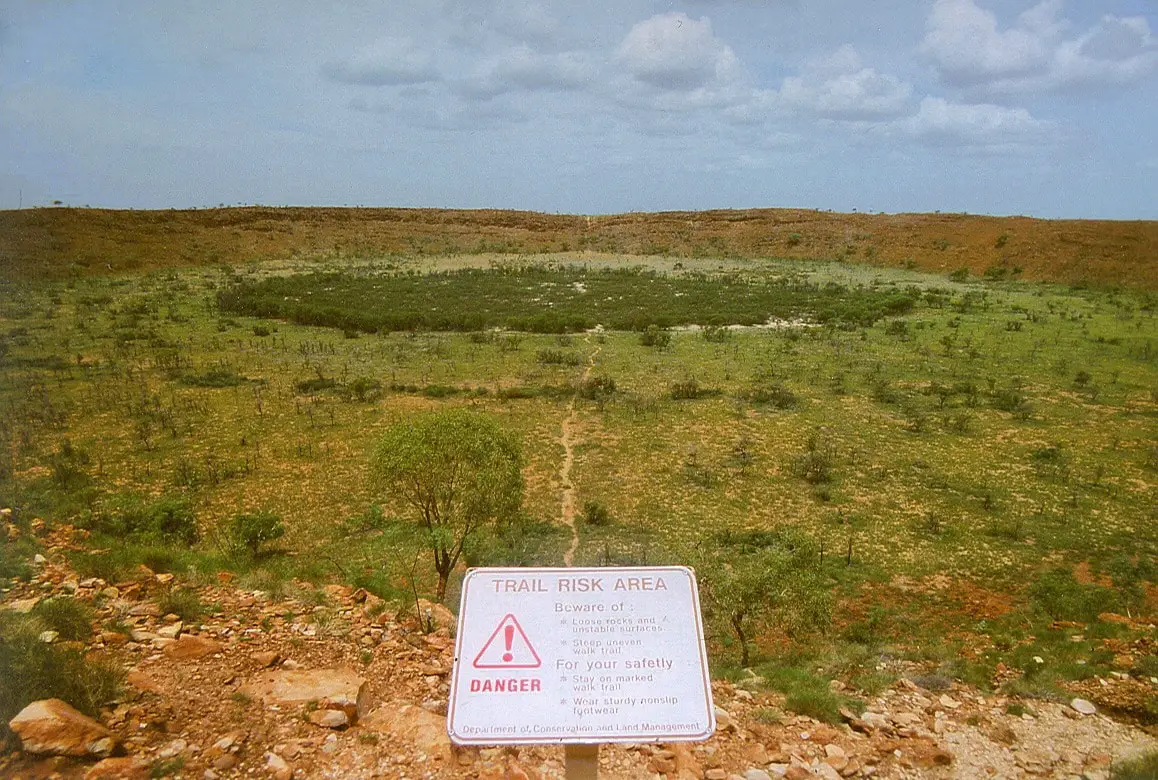
Devil’s Marbles (Karlu Karlu)
Northern Territory
An unusual place with rounded, giant granite boulders often standing in seemingly unstable positions.
Zircons of Jack Hills
Western Australia
The oldest known terrestrial material on the surface of Earth, these crystals of zircon formed some 4.4 billion years ago. The oldest crystal was found on Erawandoo Hill – 4,404 million years old. Exploration of this material provides new information about the early history of Earth.
Walga Rock
Western Australia
One of the largest monoliths in Australia, approximately 1.8 km long. Contains Walga Rock Art.
Kiama Blowhole
New South Wales
One of the most popular blowholes – a location where sea waves through the passage in the cliffs create water spray that is up to 25 meters (reportedly even 60 m) high. One of the highest blowholes in the world.
Mitchell Falls
Western Australia
Waterfall with 4 cascades. Total height – some 60 – 80 m. Remote, beautiful waterfall in a harsh landscape.
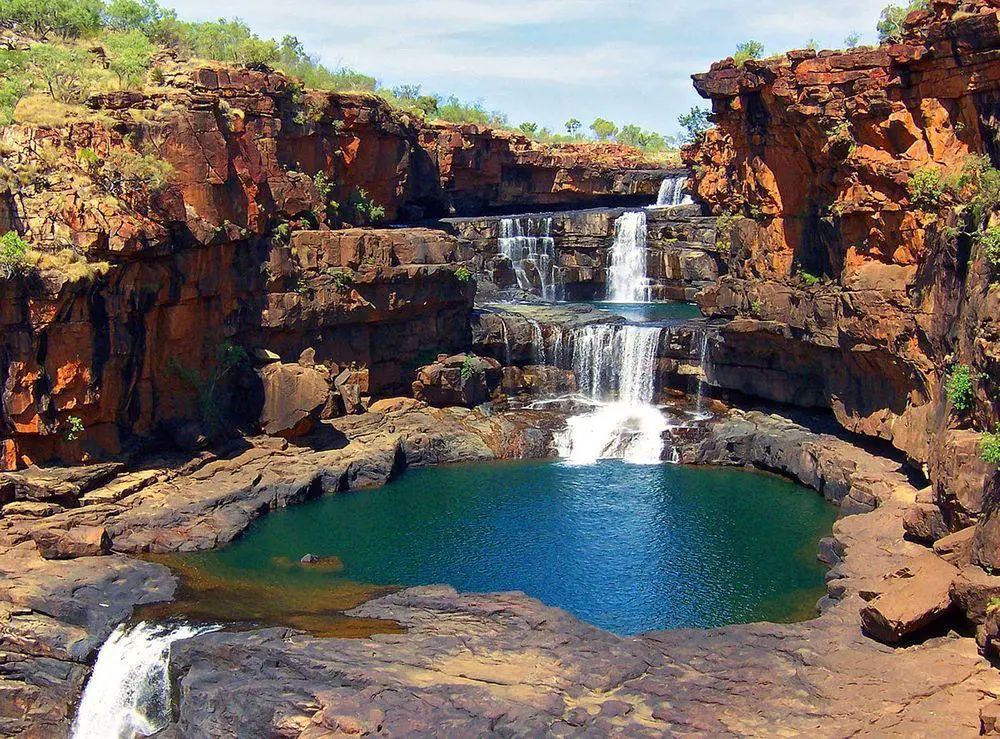
Biological wonders
Lord Howe Island
New South Wales
This remote, 56 km² large Australian island has its own ecoregion where half of the plants and some birds and other animals are endemic. Unique characteristics are diverse glowing mushrooms in the forest, some bright enough to be used for reading at night. Endemic kentia palms are popular, beautiful houseplants.
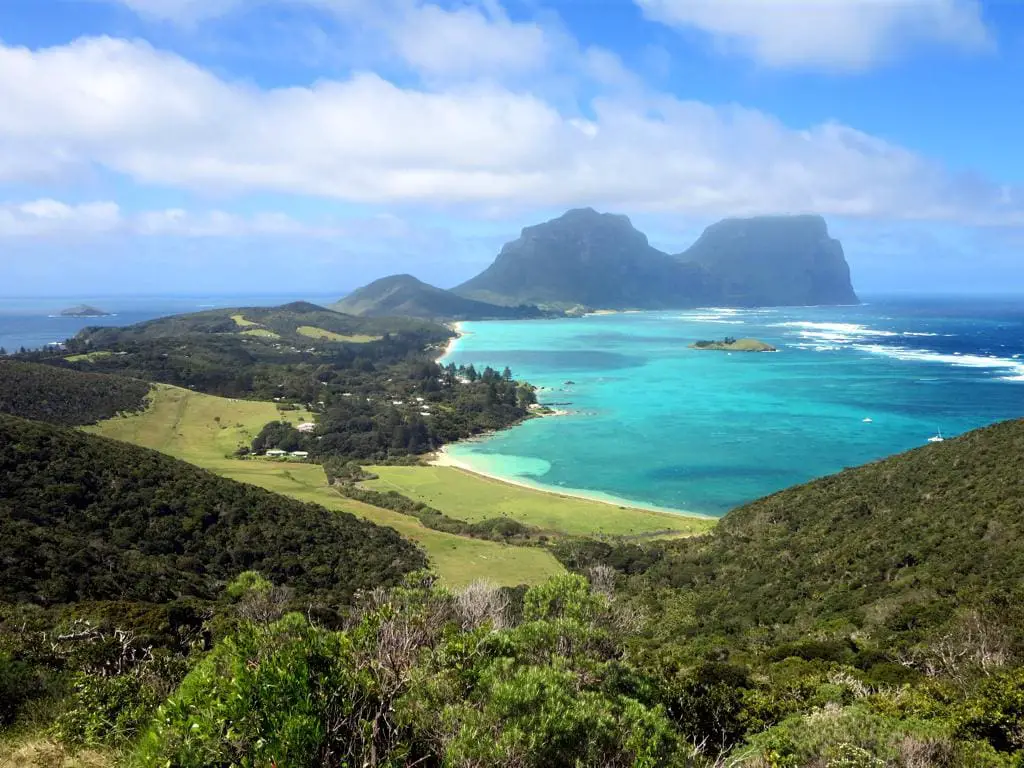
The Daintree Rainforest
Queensland
Scenically beautiful rainforest in Australia with very high biological diversity. This forest contains unique, primitive flowering plants that survived the dry climatic periods in smaller areas of climatic refuge.
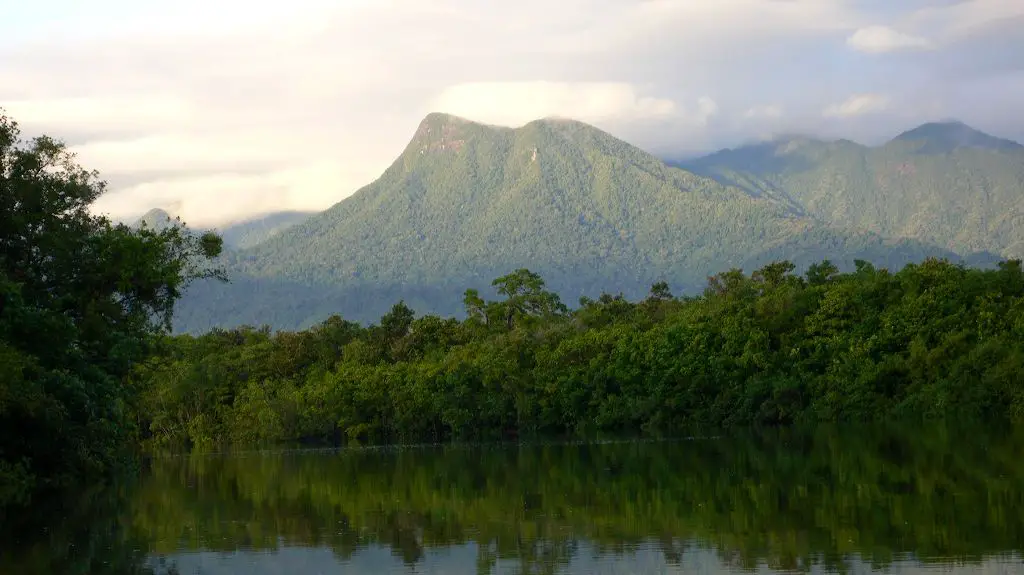
Palm Valley, Northern Territory
Northern Territory
Oasis in the middle of the enormous desert, the only place in the central part of Australia where grow palms: the rare Livistona mariae as well as other rare plants. The ecosystem is fed by spring water. It is likely that palms were brought here by people some 15 – 30 thousand years ago.
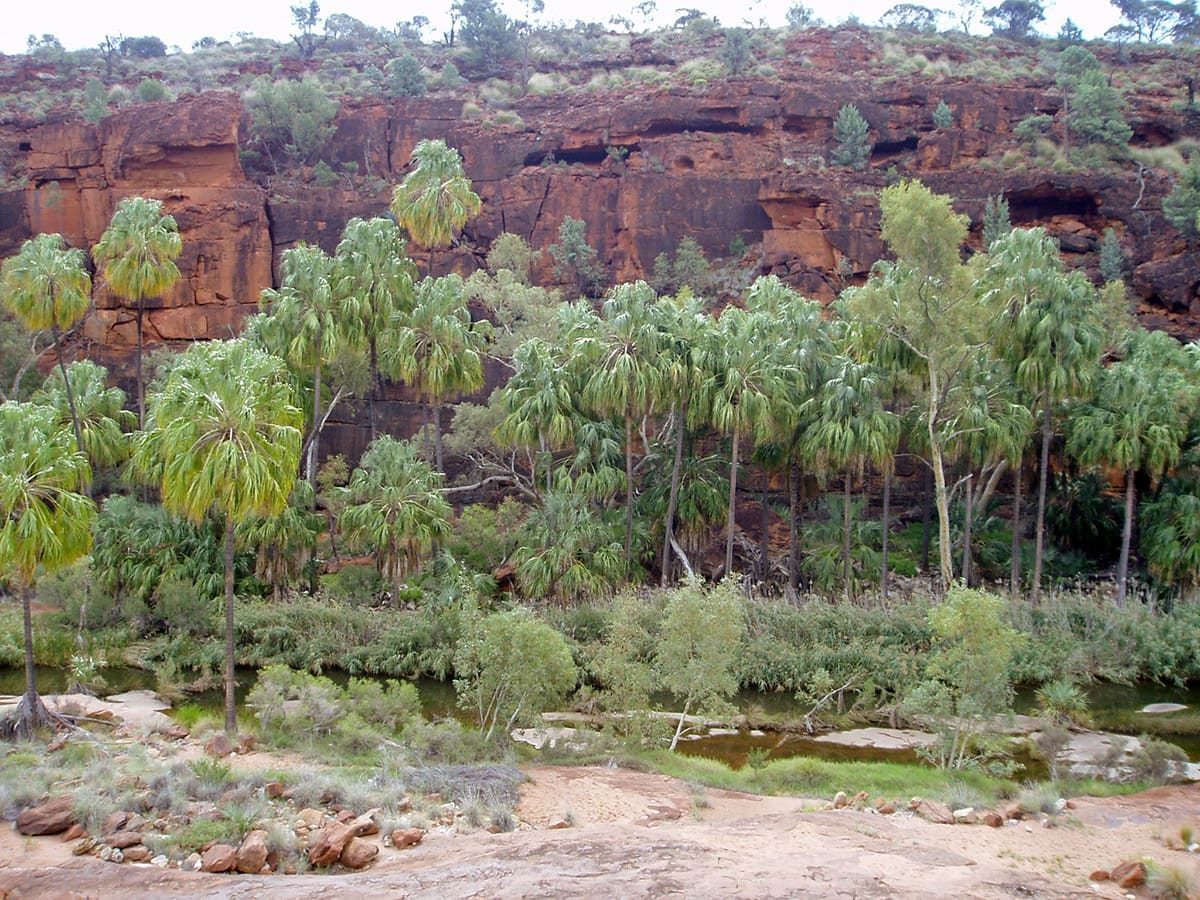
Archaeological wonders
Ubirr (Obiri)
Northern Territory
Some of the best galleries of Aboriginal X-ray style drawings, some are up to 40,000 years old. Three galleries are accessible to visitors.
Architecture wonders
Sydney Opera House
New South Wales
One of the iconic buildings representing not only Australia but 20th-century architecture in general. Constructed in 1973.
 Recommended books
Recommended books
In a Sunburned Country
Despite the fact that Australia harbors more things that can kill you in extremely nasty ways than anywhere else, including sharks, crocodiles, snakes, even riptides and deserts, Bill Bryson adores the place, and he takes his readers on a rollicking ride far beyond that beaten tourist path. Wherever he goes he finds Australians who are cheerful, extroverted, and unfailingly obliging, and these beaming products of land with clean, safe cities, cold beer, and constant sunshine fill the pages of this wonderful book.
The Archaeology of Australia’s Deserts
This is the first book-length study of the archaeology of Australia’s deserts, one of the world’s major habitats and the largest block of drylands in the southern hemisphere. Over the last few decades, a wealth of new environmental and archaeological data about this fascinating region has become available. Drawing on a wide range of sources, The Archaeology of Australia’s Deserts explores the late Pleistocene settlement of Australia’s deserts, the formation of distinctive desert societies, and the origins and development of the hunter-gatherer societies documented in the classic nineteenth-century ethnographies of Spencer and Gillen.

